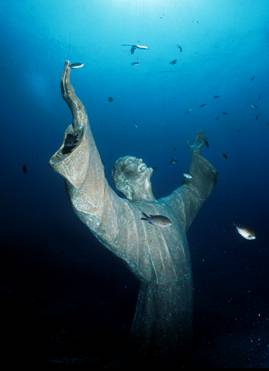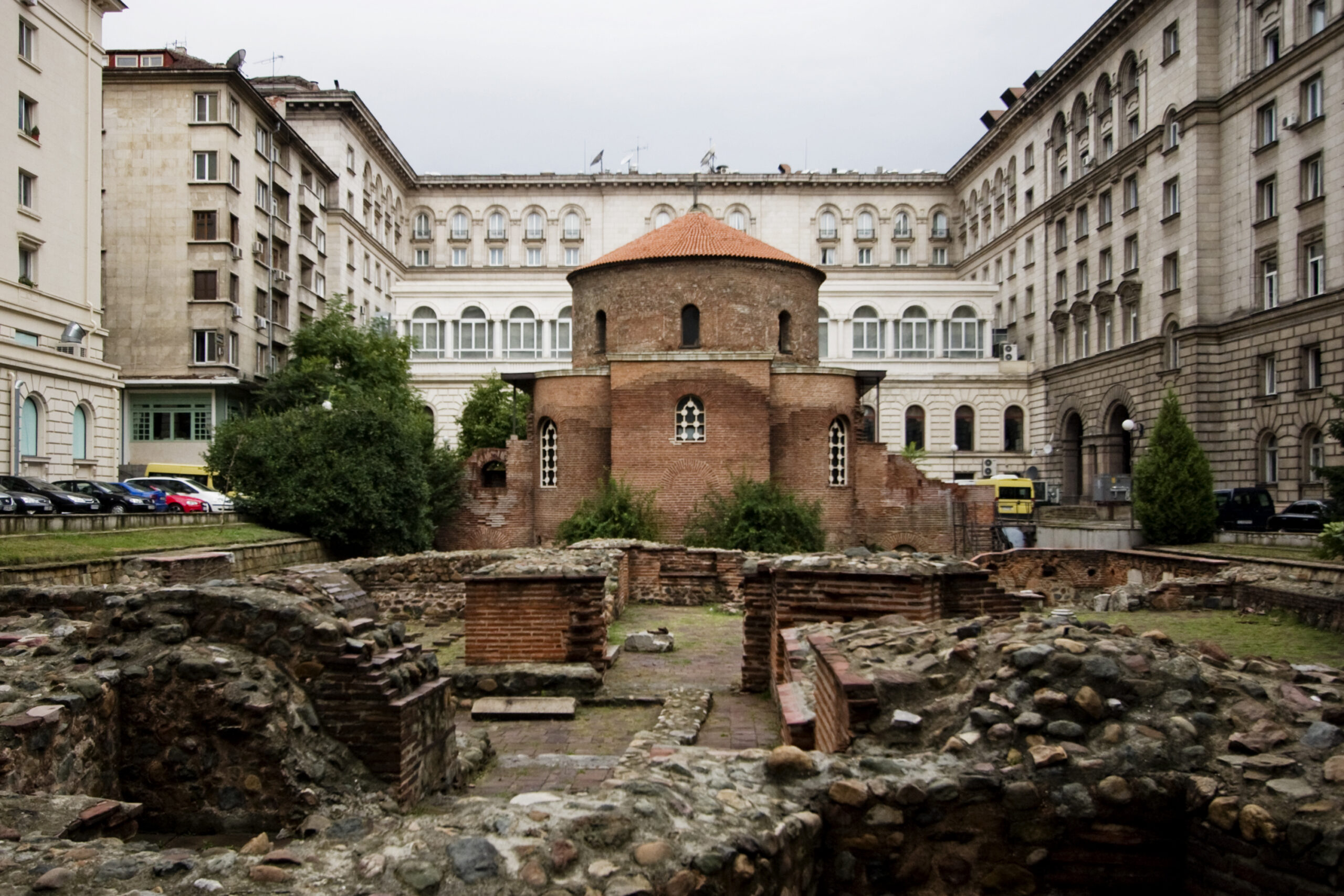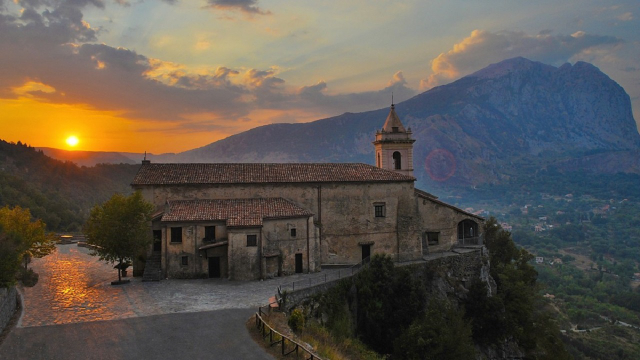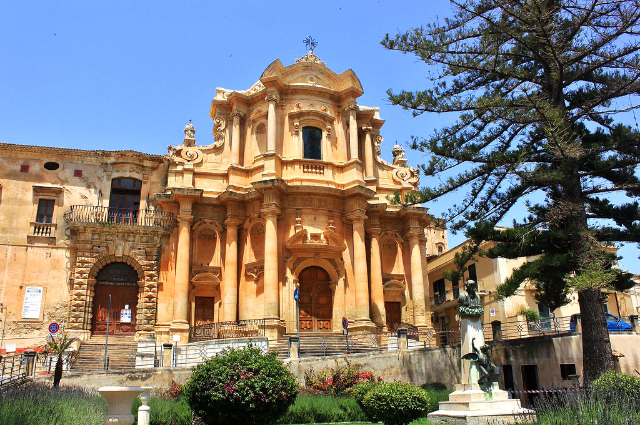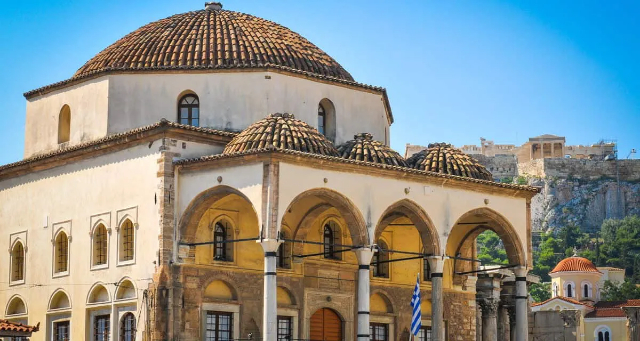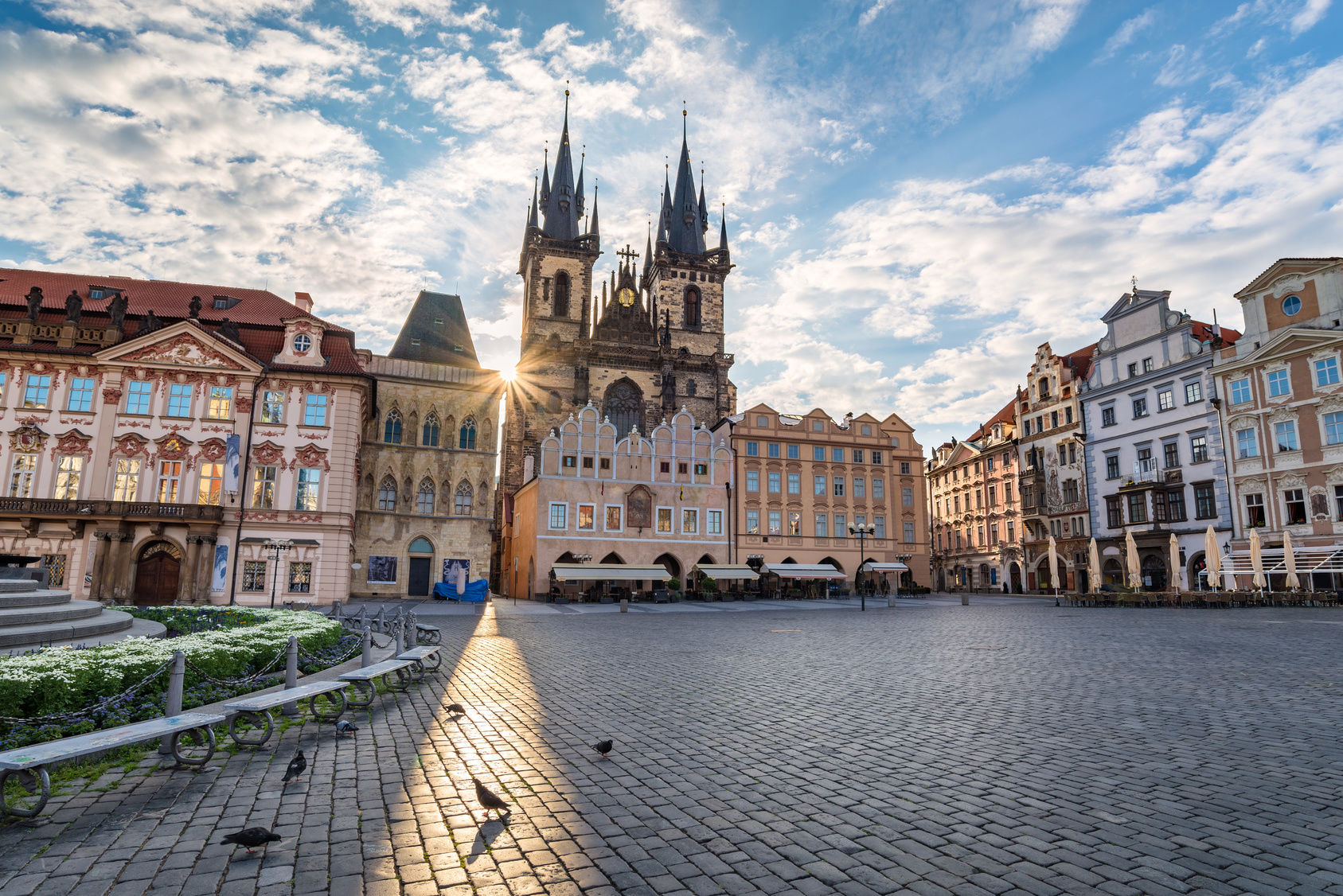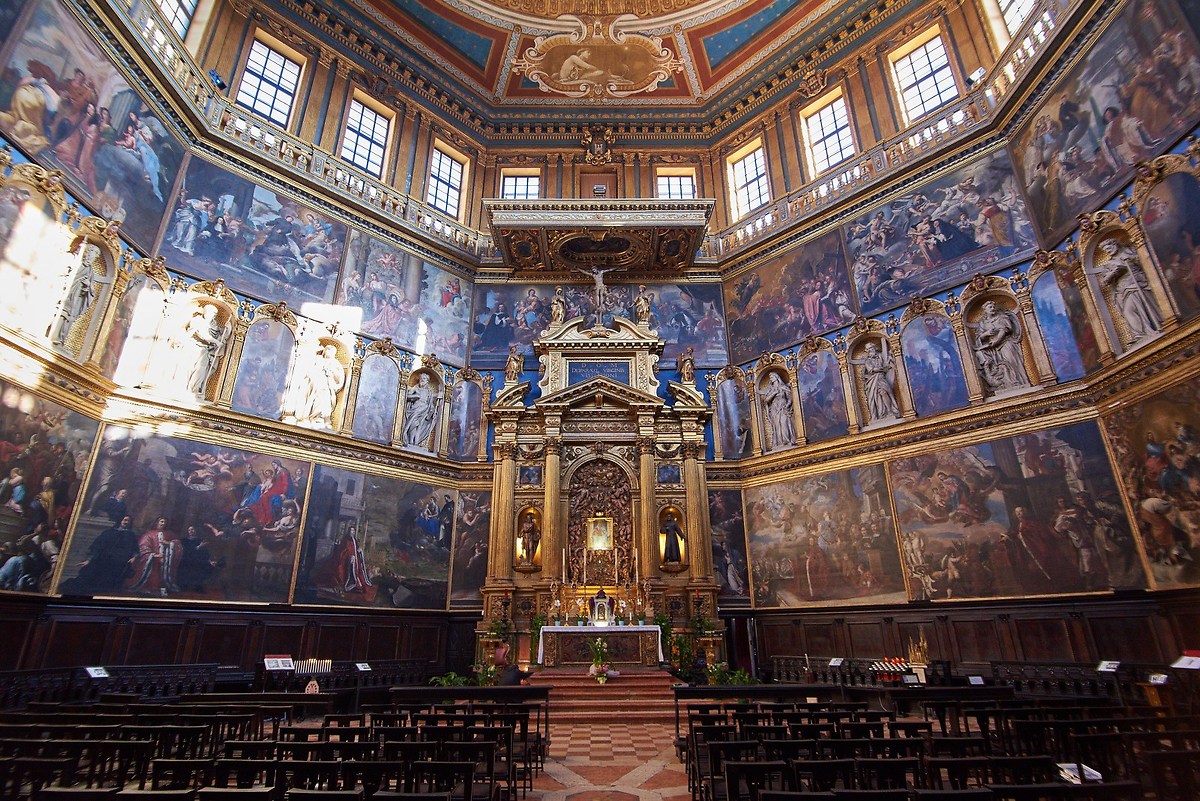Between Camogli and Portofino opens a delightful bay in which is set the famous Abbey of San Fruttuoso, of the X-XIII century, now owned by FAI, Fondo per l’Ambiente Italiano. A Benedictine monastery, a pirates’ den, a humble fishermen’s dwelling and then for centuries the property of the Doria princes, San Fruttuoso is today an absolutely unique place, where the work of man has been happily integrated with that of nature.
The abbey was built in the middle of the tenth century by Greek monks and was rebuilt between the end of the century and the beginning of the eleventh at the behest of Adelaide of Burgundy, widow of Emperor Otto I. In the same century it passed to the Benedictine monks and was enlarged in the twelfth century with the addition of a floor. In the thirteenth century, the body of the building with the loggia facing the sea was added by the Genoese Doria family, who used a room of the abbey for their tombs. The upper cloister was rebuilt in the sixteenth century by will of Andrea Doria, while in 1562 was built the square watchtower that still dominates the bay.
The Abbey was dedicated to Saint Fruttuoso of Tarragona, a Catalan bishop and saint of the 3rd century, whose ashes are preserved in the Abbey itself, where they would have been moved following the Arab invasion of the Iberian Peninsula.
Benedictine monastery, pirates’ den, humble fishermen’s dwelling and then for centuries property of the Doria princes. In 1933 it was restored by the Italian State and in1983 it was generously donated to FAI by Frank and Orietta Pogson Doria Pamphilj.
This jewel by the sea has been standing at the foot of Mount Portofino for over a thousand years.
It cannot be reached by any road, but can be reached only by sea or by following two panoramic paths: one that descends from the mountain above Portofino and the other that runs along the coast starting from the bay of Portofino. The area in front of it has a beautiful bathing beach and in its bay there is the famous statue of Christ of the abysses, placed in 1954 on the seabed and restored in the nineties.
